Climate and Energy Summit 2025
Next event In person & livestreamed

- Area of Expertise
- Climate, Energy & Natural Resources
Climate, Energy & Natural Resources

Former Member of the European Parliament and former co-president of the Club of Rome
When the Club of Rome presented its “Limits to Growth” report more than 40 years ago, its chief message was that the depletion of vital resources and pollution of all kinds represented major risks for the global economy in the first half of the 21st century. Few reports have been so controversial, nor so criticised among economists and others. The chief criticisms were that the report was based on rising consumption trends, without taking into account technological developments, along with substitution and price correction mechanisms.
Most economists still treat the report with condescension. They simply refuse to accept that the combination of resource constraints, rapid population growth and increasing pollution and waste can create major problems, and even the collapse of the world economy. But it’s a debate that is far from over.
With the 40th anniversary of “Limits to Growth” approaching, a stack of international reports have confirmed most of the Club of Rome’s conclusions. The authors of these reports include research institutions, the UN’s Secretary-General, the European Commission and the OECD, along with organisations linked to the private sector. All of these reports strongly warn against the combination of an increasingly unstable climate and the overexploitation of so many important ecosystems and resources, both renewable and finite. Among these reports, the ”Imperative to Act” one, signed in 2012 by all 18 recipients of the prestigious Blue Planet Prize conveys a stark message: ”The human ability to do has vastly outstripped the ability to understand. As a result, civilisation is faced with a perfect storm of problems driven by overpopulation, overconsumption by the rich, the use of environmentally malign technologies and gross inequalities. The rapidly deteriorating biophysical situation is more than bad enough, but it is barely recognised by a global society infected by the irrational belief that physical economies can grow forever.”
The scale of these challenges is underlined by increases in both population and economic growth. Up to three billion new middle-class consumers are likely to emerge by 2030, up from 1.8bn today, and so driving up demand for many different resources. Soaring demand will make finding new and reasonably priced, while environmentally sound, alternative sources increasingly difficult.
The combination of resource constraints, rapid population growth and increasing pollution and waste can create major problems, and even the collapse of the world economy
Most companies have in the past benefited from falling commodity prices over long periods of time. The focus on productivity has consequently been on labour and capital rather than resources. But times are changing; while the real price for most commodities, other than crude oil, declined during the 20th century – on average by 70% – that decline has been fully erased over the last ten years. And although modest efforts have been made to enhance resource efficiency, the demand for both energy and resources continues to increase. Companies are therefore beginning to realise that the linear system of resource use now exposes them to a number of risks.
Resource constraints, along with growing volumes of waste and pollution, are likely to pose an increasing threat to profits and business continuity because of the higher input costs of energy and key raw materials, increased competition for resources in general, political instability and resource protectionism among the key producing regions. This seems certain to be increasing social pressure about resource stewardship and climate change.
Governments and businesses must therefore work together to develop resource strategies that can avoid resource constraints while addressing the problems of waste and pollution. The productivity concept must be broadened to include the use of natural resources. Leveraging technology to enhance productivity is nothing new, and a prominent example is labour productivity which has increased by at least a factor 20 since the beginning of the industrial revolution. But as my colleague Ernst von Weizsäcker has said, “it is not labour that is in short supply in the future but rather basic resources, like energy and water. This will call for a new way of thinking: the same level of innovation and effort must now go into using technology for resource productivity as was the case with labour.”
What has to be questioned, then, is the way production and consumption are organised. An important first step towards a more efficient use of resources – and a circular economy – is to significantly increase recycling rates in society. According to a 2011 report by the United Nations Environment Programme (UNEP), recycling rates of metals are in many cases far lower than their re-use potential. Less than a third of the 60 metals studied have an end-of-life recycling rate above 50% and 34 elements are below 1% recycling. In theory, metals can be used over and over again, minimising the need to mine and process virgin materials and thus saving substantial amounts of energy and water while reducing environmental degradation and CO2 emissions to a minimum. Yet despite all of this, recycling rates for most metals remain very far from optimal. When looking at the electronics sector, the picture is particularly worrisome, with an estimated 50m tons of “e-waste” being generated each year. The U.S. Environment Protection Agency estimates that no more than 15-20% is recycled, with the rest ending up in landfills or incinerators. This sort of waste is not noly hazardous but also a potential source of valuable and scarce materials.
Governments and businesses must therefore work together to develop resource strategies that can avoid resource constraints while addressing the problems of waste and pollution
Enhancing recycling rates would be only one of the steps towards a more resource-efficient economy. The main challenges are the more or less linear flows of resources in society. Decades ago, the concept of “Cradle to Cradle” was introduced to focus attention both on enhancing efficiency and also on increasing effectiveness. What the founders of the concept – Stahel, Braungart and McDonough – were advocating was to “do things right”. The background, of course, was the realisation that indefinite material growth on a planet with finite and often fragile natural resources cannot be sustainable.
These principles – to extend wealth, to minimise waste and to go for maximum re-use and recycling of materials – are gradually gaining ground. The 2012 Ellen MacArthur Foundation’s report “Towards a Circular Economy” – backed up by a group of leading multinationals, like B&Q, British Telecom, Cisco, National Grid and Renault – makes a strong pitch for a ”circular economy”. That its radical definition for a future industrial system is supported by a group of multinational companies is no small feat, and represents a fundamental shift in perspective away from the industrial system we have today.
In his seminal book “The Performance Economy”, published in 2010, Walter Stahel presents a convincing case for extending wealth and replacing material throughput with activities like recycling, re-use and reconditioning. Business models today are still based on maximising sales of various products, but an alternative Stahel advocates is a transition to services. Sales of products in many areas, he argues, will be replaced by leasing coupled with exceptional services. Since responsibility for the material used in a product remains with the manufacturing company, strong incentives are created to exploit materials and earn money for as long as possible on what already has been produced. It contrasts strongly with today’s system in which new models are constantly launched and consumers are encouraged to trade in generally adequate products for the newest thing. The products should instead be designed to last longer and be easy to upgrade, re-use and recycle.
Examples of companies moving in this direction are mainly business to business (B2B) activities. For these companies, the new way of working has meant that both energy and raw material consumption is reduced significantly, and the same applies to CO2 emissions. And because profitability has improved, it becomes a win-win proposition.
Sales of products in many areas, he argues, will be replaced by leasing coupled with exceptional services
The challenge for the future is to generate a strong breakthrough for the concept of “service instead of products” for a wide array of consumer products, computers, cell phones, household appliances, cars, furniture and textiles. Even in the property market, the same principles apply. Construction modules and interiors, which currently have a limited lifespan can instead be rented out, so that existing materials are reused.
The implications of a model in which goods become services seem unambiguously positive. Producers will be responsible for products and materials throughout their life cycle and at the time of eventual disposal. The management of waste and residues are internalised and become the responsibility of the producer rather than being a cost for society. This model would also lead to more new jobs created locally in such activities as maintenance and servicing, recycling, recovery and reconditioning. Above all, the really significant benefit is a reduction of the pressure on natural resources and the lowering of emissions, not least CO2.
The crucial question then is how to move society in the direction of a circular economy. It ought to be obvious that activities like recycling and extending products’ lifetimes will help reduce companies’ costs of materials and waste management. The question then is how these positive elements can compete with the present production system that is optimised for maximum throughput of energy and materials. How can the principle of “earning revenue by selling more stuff” be replaced by a business model where revenue primarily results from quality of service?
The rapid price rises in recent years of so many commodities, including energy, ought to encourage the business community to search for new ways to manage materials. But the idea that price signals alone will be enough to initiate the transition to a circular economy is probably naive. What will be needed is policy action on three fronts.
First, we must create binding resource efficiency targets by setting these well above the expected growth rate in the economy. That would send the right signals to industry to focus on the maximum re-use and recycling of materials. Second, we need to focus on sustainable innovation by giving priority to sustainable design and closed material loops. That would ensure the research community gives maximum attention to the principles of a circular economy. Last, we must look to tax reform; by lowering taxes on labour and raising them on the use of virgin materials, we would create similar incentives to those already in play through binding resource efficiency targets.
Next event In person & livestreamed

Past event In person & livestreamed

Past event In person & livestreamed
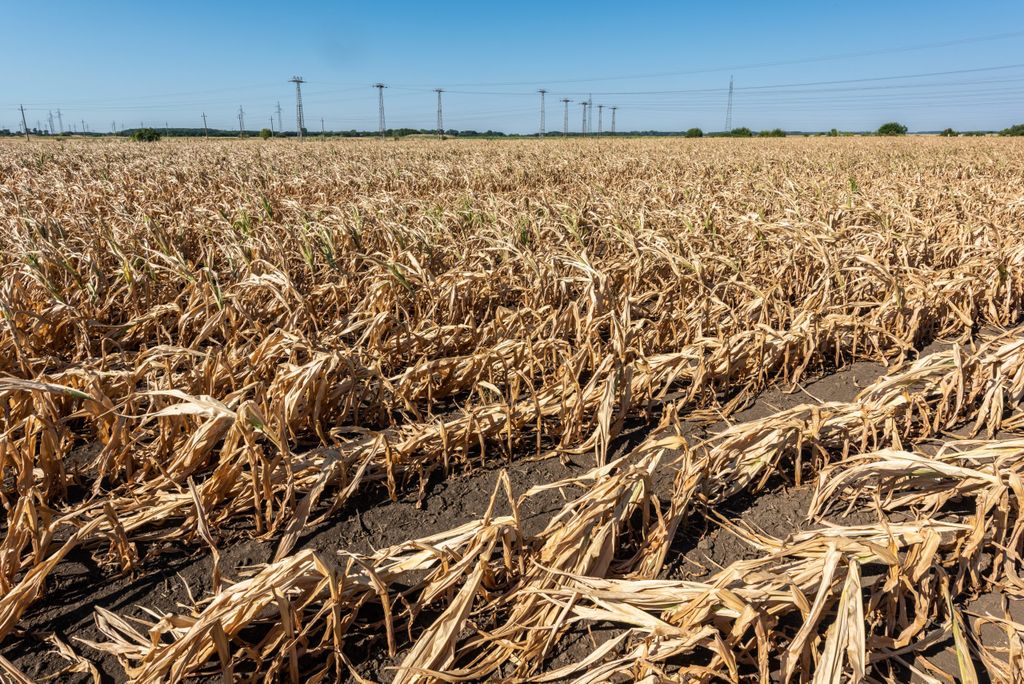
Past event In person & Livestreamed
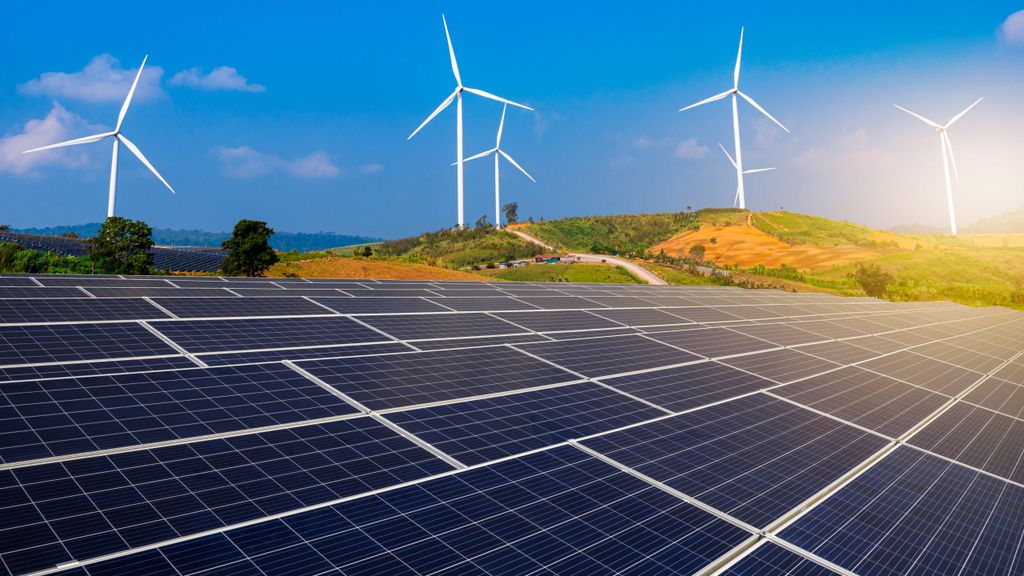
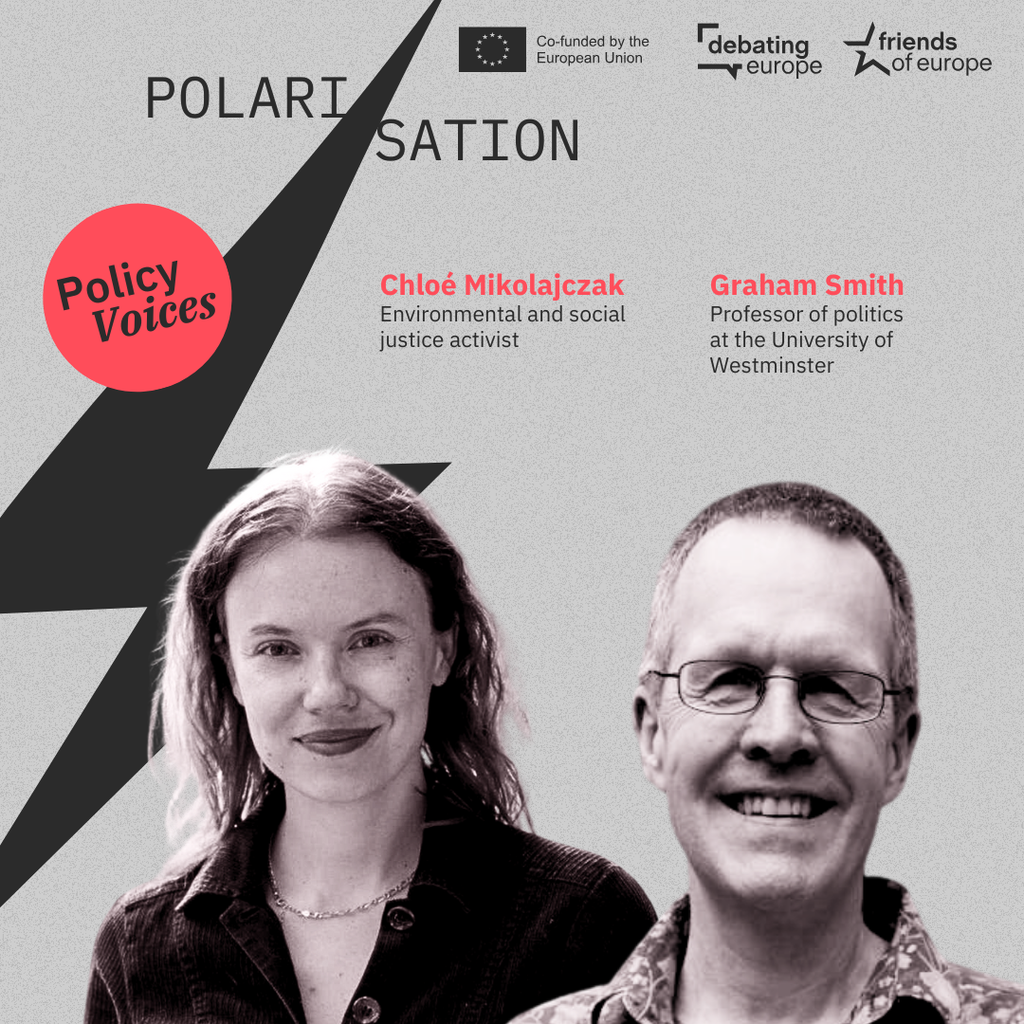

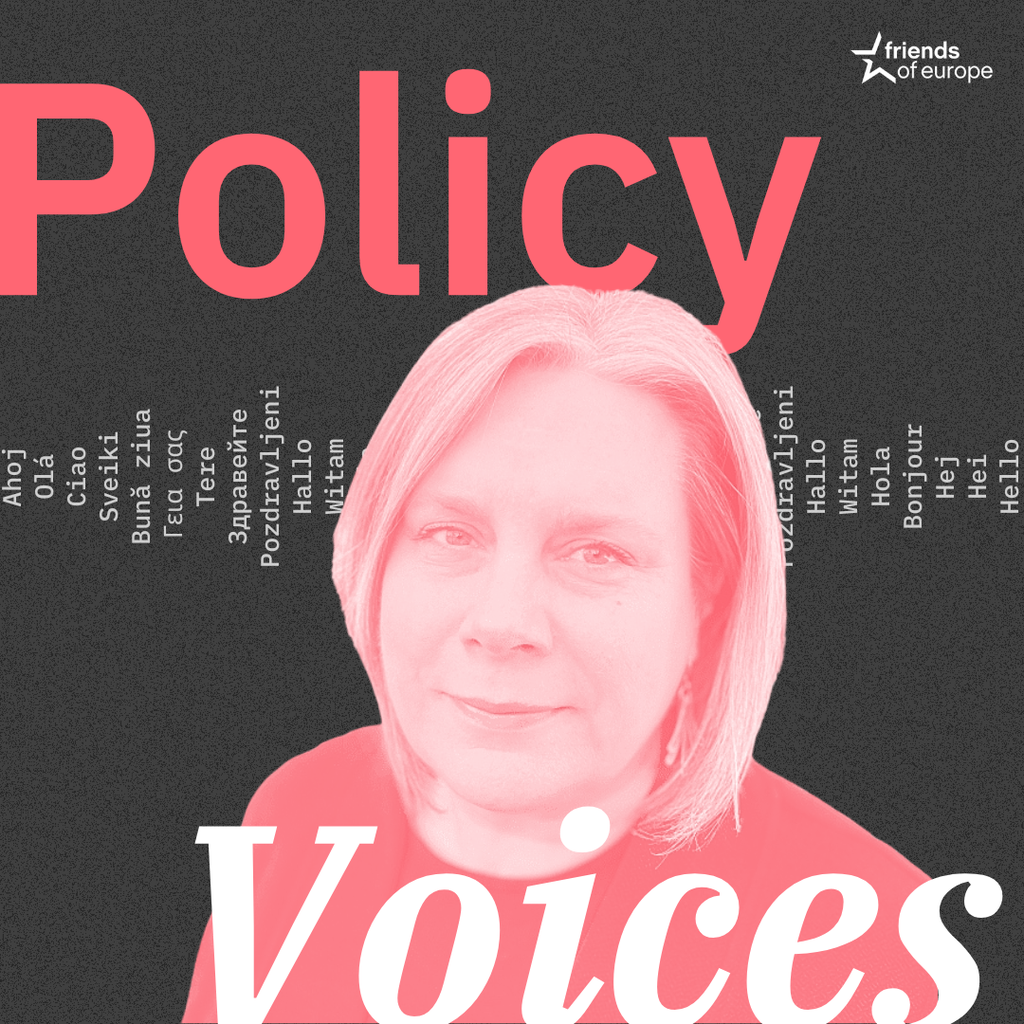
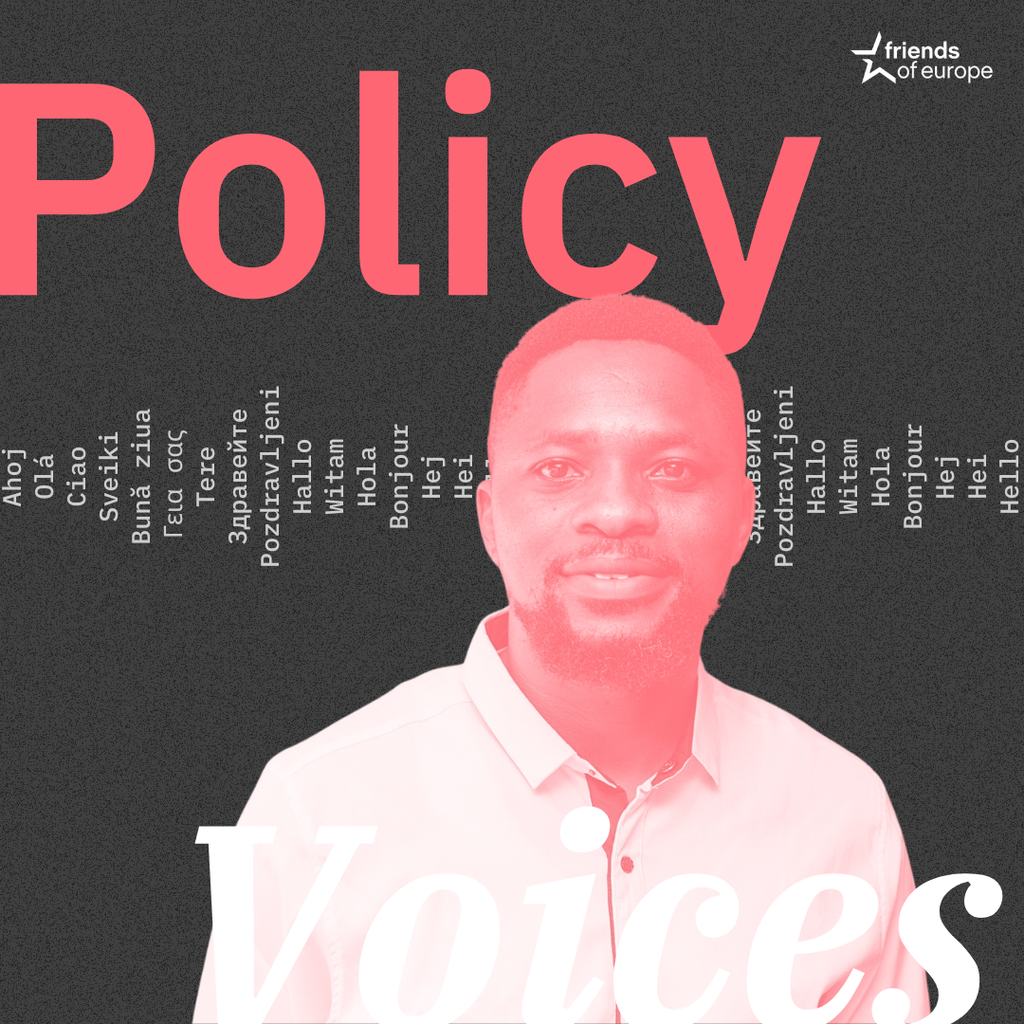
Stay informed
We use cookies and similar technologies to adjust your preferences, analyze traffic and measure the effectiveness of our campaigns. Learn more about our privacy policy.